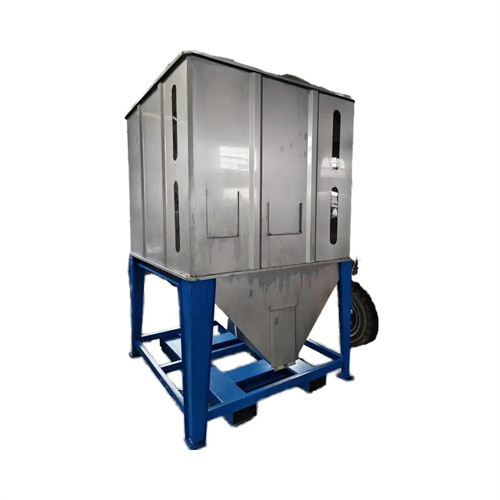Extruded ordinary brass rod
Extruded brass rod is an alloy primarily composed of copper and zinc, produced through an extrusion process. Due to its excellent mechanical properties, processing capabilities, and cost-effectiveness, it is widely used in hardware, machinery manufacturing, architectural decoration, and other fields. Its diameter typically ranges from 5 to 200 mm, and lengths can be customized (1 to 6 meters). Common grades include H62 (60.5%-63.5% copper, 36.5%-39.5% zinc) and H65 (63.5%-68% copper, 32%-36.5% zinc). H62 brass is commonly used in industrial production due to its moderate strength and reasonable price.
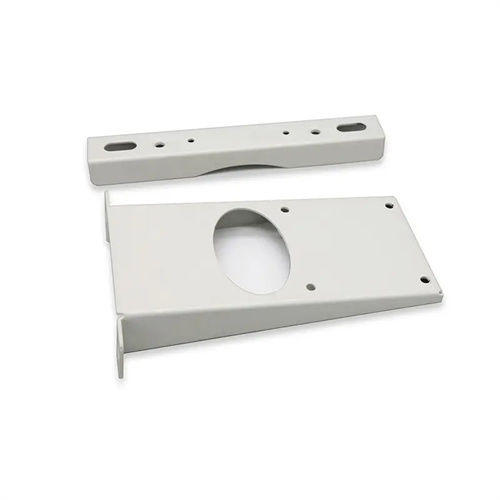
The production process for extruded ordinary brass rods involves key steps, including alloy smelting, ingot casting, heating, extrusion, heat treatment, and finishing. First, electrolytic copper with a purity of at least 99.95% and zinc ingots (99.9% purity) are selected and smelted proportionally in a medium-frequency induction furnace at a temperature of 950-1050°C. Electromagnetic stirring ensures a uniform mixing of the copper and zinc, and keeps impurity levels (such as iron and lead) below 0.02%. A semi-continuous casting process is used to produce round ingots with diameters of 100-300 mm. The cooling rate is controlled at 60-100°C/minute to avoid porosity and segregation. The ingot surface is then turned to remove scale and surface defects. Before extrusion, the ingot is heated to 600-700°C and extruded into bars using a horizontal extruder. The extrusion ratio is controlled between 8-20 and the extrusion speed is 5-15 m/min. Hot-work die steel is used to ensure a smooth bar surface with a diameter tolerance of ≤±0.5 mm. Heat treatment is selected based on requirements. Annealing (500-600°C for 2-3 hours) is used to improve plasticity, while low-temperature tempering (300-400°C) is used to increase strength. Finally, straightening (straightness ≤1 mm/m), non-destructive testing, and surface cleaning are performed to ensure the bars are free of cracks, inclusions, and other defects.
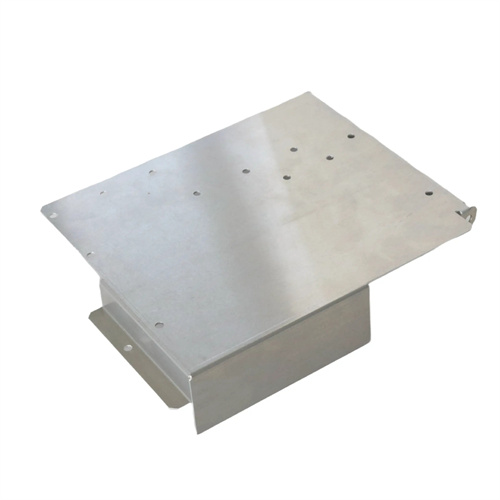
The performance advantages of extruded brass rods have led to their widespread industrial application. First, they offer excellent mechanical properties. H62 brass rods boast a tensile strength of ≥300 MPa, a yield strength of ≥100 MPa, and an elongation of ≥30%. They withstand bending, stamping, and other processes without breaking, making them suitable for the manufacture of various structural components. Second, they offer excellent processability, allowing them to be machined through turning, milling, and drilling, with cutting efficiency over 20% higher than pure copper. They are also amenable to plastic processes such as cold heading and hot forging, making them suitable for mass production. Third, they offer excellent corrosion resistance, with a corrosion rate of ≤0.01 mm/year in air, fresh water, and neutral media. This resistance can be further enhanced with chrome or zinc plating. Fourth, they offer significant cost advantages. Compared to pure copper and other copper alloys, the raw material cost of brass rods is 20%-30% lower, making them suitable for cost-sensitive consumer products. Fifth, they offer excellent decorative properties, with the surface polished to a lustrous golden appearance. They are commonly used in architectural decoration and handicrafts.
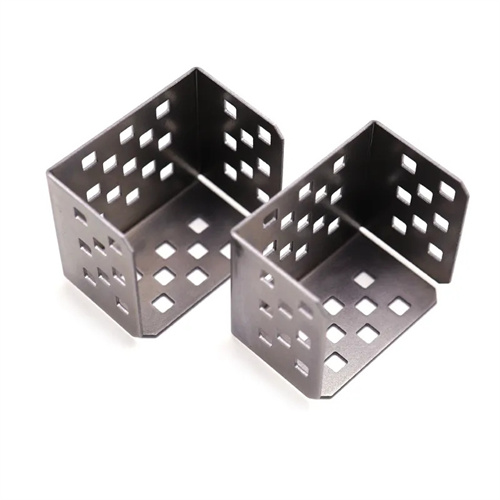
In terms of application scenarios, extruded ordinary brass rods are a common material in the hardware and machinery fields. In the hardware industry, door handles, lock cylinders, hinges, and other accessories are mostly made of H62 brass rods with a diameter of 10-30 mm, taking advantage of its good processing properties and strong decorative properties. In the machinery manufacturing field, transmission components such as gears, bushings, and nuts use H65 brass rods with a diameter of 20-50 mm, which balances strength and wear resistance. In the construction field, door and window hinges and slides use brass rods with a diameter of 15-40 mm to resist the wear and corrosion caused by daily use. In the bathroom industry, faucet valve cores and pipe joints use brass rods with a diameter of 8-25 mm to ensure sealing performance and longevity. In the electronic and electrical fields, connectors, terminals, and other components use small-diameter brass rods (5-15 mm) to balance electrical conductivity and structural support.
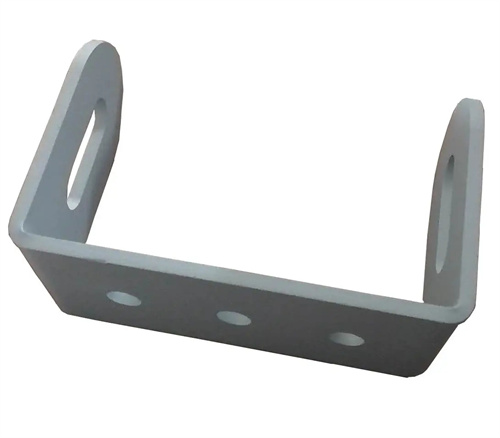
Industry trends indicate that extruded brass rods are moving toward high performance, low lead content, and refined finishes. High-performance brass rods utilize trace amounts of rare earth elements (such as cerium and lanthanum) to increase tensile strength to over 350 MPa while maintaining excellent ductility. Low-lead, environmentally friendly brass rods (lead content ≤ 0.01%) replace traditional leaded brass, meeting environmental standards such as RoHS and meeting the demands of electronics and food contact applications. Refined production technology is being promoted, with diameter tolerances controlled within ±0.1 mm, meeting the machining requirements of precision parts. Furthermore, improvements in intelligent production, including the use of online component analysis and dimensional inspection systems, have boosted product qualification rates to over 99.5%. The deepening of the circular economy model has increased the brass scrap recovery rate to over 95%, reducing reliance on virgin copper. In the future, as the manufacturing industry moves toward higher-end and greener manufacturing, demand for high-performance extruded brass rods will continue to grow, driving the industry to achieve greater progress in material optimization and process innovation.
